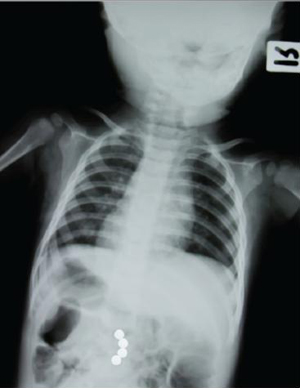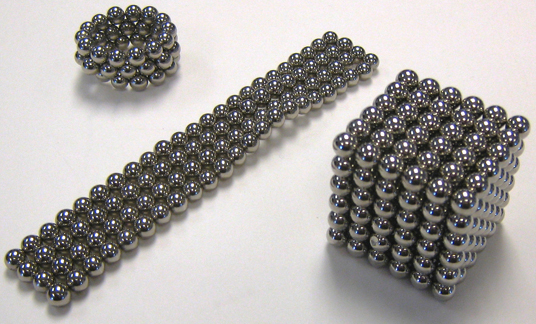Are you putting your infant in a Bumbo seat that looks like this, on an elevated surface? If so, STOP and read this warning.
NEVER put a Bumbo baby seat on a table, countertop, chair or other elevated surface.
ONLY put an infant in a Bumbo seat if it is on a floor.
Infants placed in Bumbo seats can escape from the seat by arching their backs, leaning forward or sideways or rocking. Infants age 3 to 10 months old have suffered serious head injuries—such as a skull fracture or concussion—from falling from a Bumbo baby seat when this happens.
CPSC and Bumbo International are aware of at least 45 incidents in which infants fell out of Bumbo seat while it was being used on an elevated surface. These incidents happened after an October 2007 voluntary recall of the product to add a warning on the front of the seat against use on elevated surfaces.
Since the recall, CPSC and Bumbo International have learned that 17 of those infants, ages 3 to 10 months, suffered skull fractures. These incidents and injuries involved both recalled Bumbo seats and Bumbo seats sold after the recall with the additional on-product warnings.
CPSC and Bumbo International are also aware of an additional 50 reports of infants falling or maneuvering out of Bumbo seats used on the floor and at unknown elevations. These incidents include two reports of skull fractures and one report of a concussion that occurred when infants fell out of Bumbo seats used on the floor. These injuries reportedly occurred when the infants struck their heads on hard flooring, or in one case, on a nearby toy.
At the time of the 2007 recall announcement, CPSC was aware of 28 falls from the product, three of which resulted in skull fractures to infants who fell or maneuvered out of the product used on an elevated surface.
CPSC and Bumbo International are now aware of at least 46 falls from Bumbo seats used on elevated surfaces that occurred prior to the 2007 recall, resulting in 14 skull fractures, two concussions and one incident of a broken limb.
About 3.85 million Bumbo seats have been sold in the U.S. since 2003.
A look at YouTube shows babies sitting in the seats on all sorts of unsafe surfaces: tables, bathroom counters, kitchen counters and couches and even in a kiddie pool. These are NOT safe ways to use this product.










